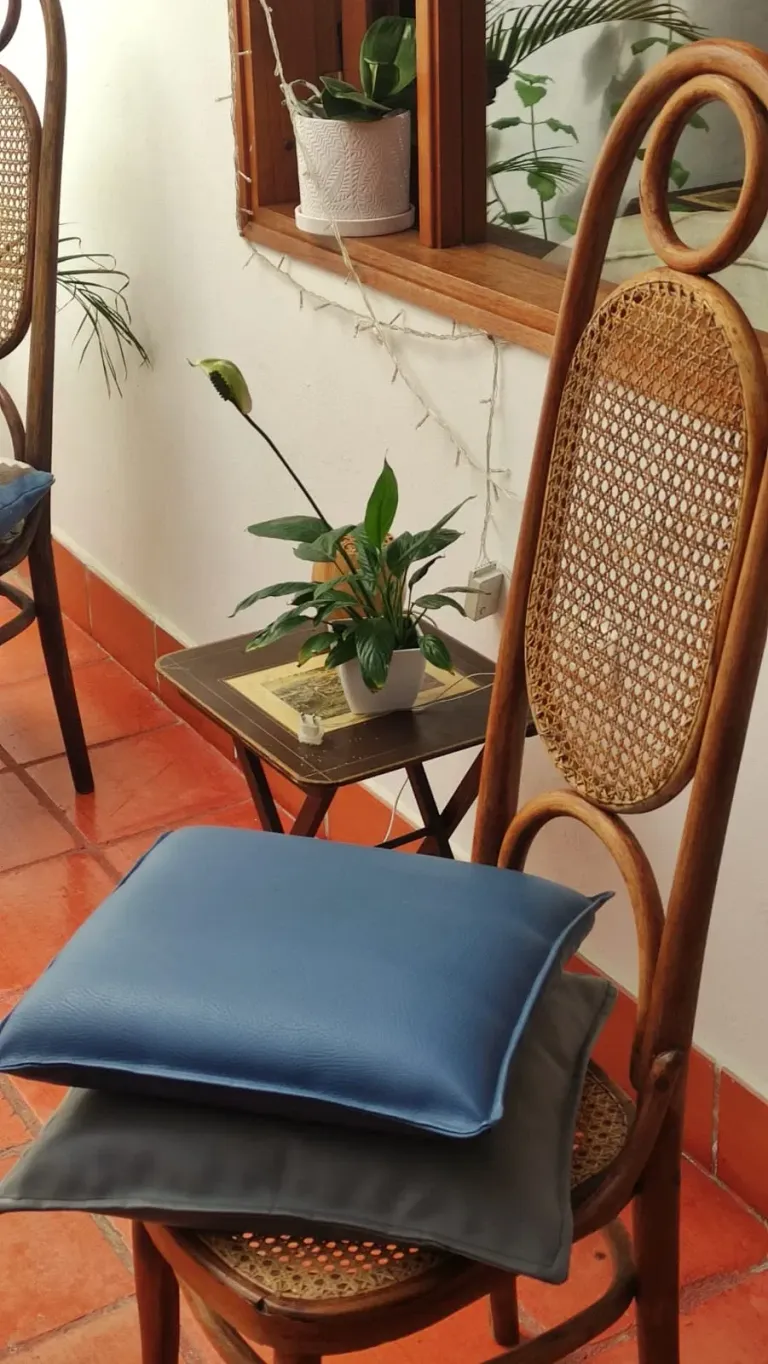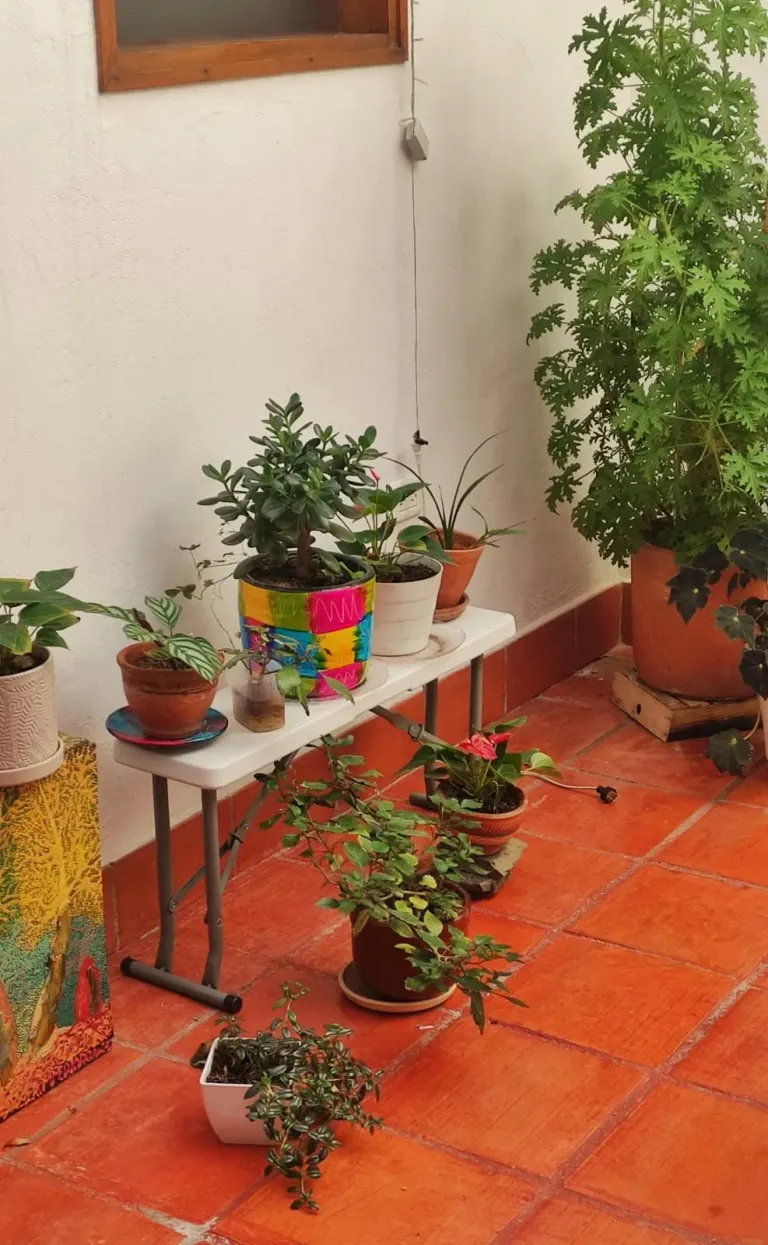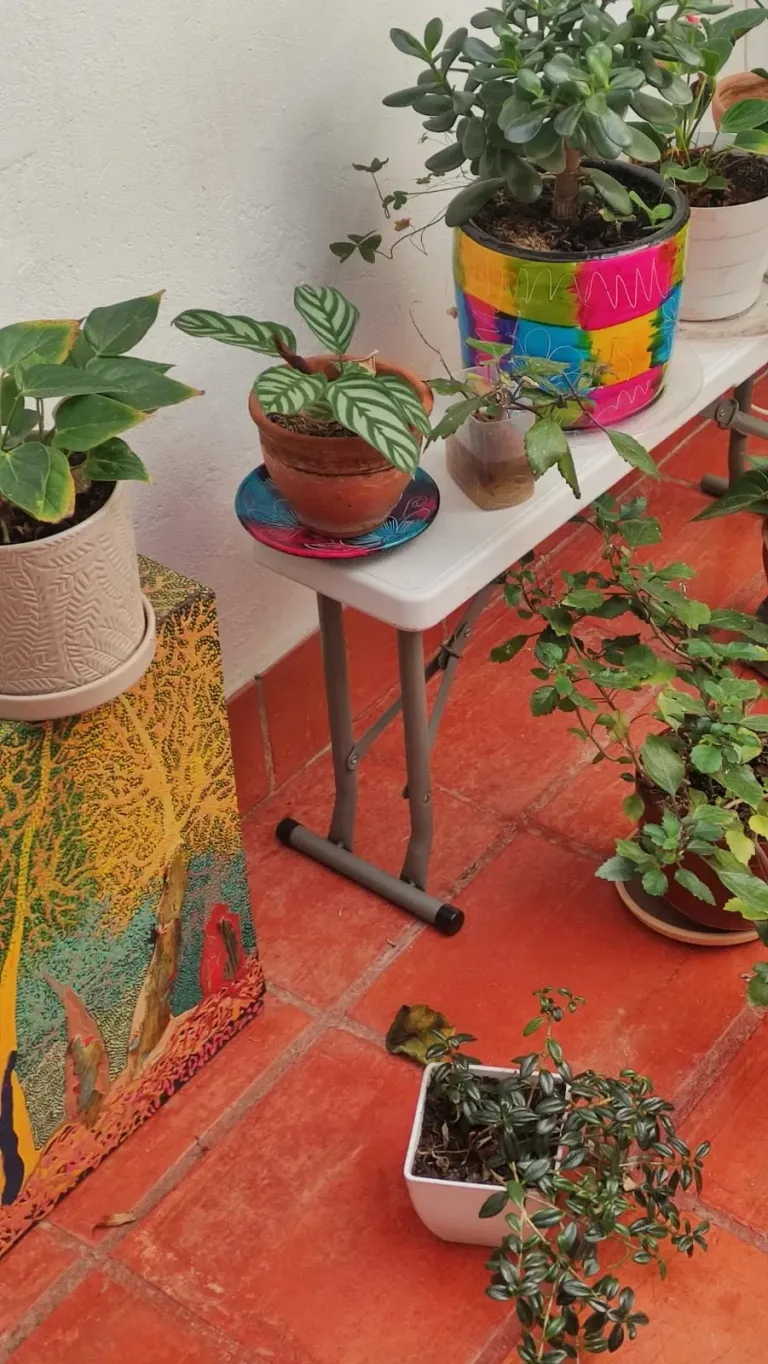



Las cosas no son de una forma o de otra. Las cosas son como tú las mires. Tus interpretaciones (juicios, evaluaciones) muchas veces dicen más de ti que de la cosa en si misma.
Cuando te encuentres teniendo pensamientos de algún tipo sobre algo que ha sucedido, pregúntate qué tanto está cargado esto de tu interpretación, y qué tanto se trata de los hechos en si mismos, sin explicaciones causales ni evaluaciones.
Los ejemplos ayudan a ilustrar. Estás hablando con una persona y esta tiene toda su atención puesta en el celular. El hecho en sí mismo es ese, una persona está hablando y la otra persona está viendo el celular. Las interpretaciones pueden ser variadas "está muy ocupado resolviendo algo" "le estoy aburriendo" "no le intereso" "tiene cosas más importantes que hacer" "soy una molestia" (...)
Tenemos unos lentes que nos permiten ver el mundo y, además, etiquetarlo de una forma. Necesitamos etiquetas porque así hemos aprendido a conocer, identificar y recordar. Sin embargo, las etiquetas, así como simplifican a veces complejizan. Puede que nos enredemos en ellas, sobre todo, me estoy refiriendo a las etiquetas que tienen una connotación negativa. Y cuando nos enredamos nos quedamos atrapados en un bucle de interpretaciones.
Esto no ocurre únicamente en relación a nosotros mismos, también ocurre en relación a otras personas/situaciones/cosas. La idea no es quitarnos por completo estos lentes que nos permiten leer el mundo que nos rodea, la idea es tener consciencia de que los tenemos y que si así lo quisiéramos, pudiéramos hacer el ejercicio de observar, sin juicio, sin interpretaciones.
Things are not one way or the other. Things are the way you look at them. Your interpretations (judgments, evaluations) often say more about you than about the thing itself.
When you find yourself having thoughts of some kind about something that has happened, ask yourself how much of this is loaded with your interpretation, and how much is about the facts themselves, without causal explanations or evaluations.
Examples help to illustrate. You are talking to a person and they have their full attention on their cell phone. The fact itself is that, one person is talking and the other person is looking at the cell phone. The interpretations can be varied “he is too busy solving something” “I am boring him” “he is not interested in me” “he has more important things to do” “I am a nuisance” (...).
We have lenses that allow us to see the world and, in addition, to label it in a certain way. We need labels because that is how we have learned to know, identify and remember. However, labels, just as they simplify, sometimes complexify. We can become entangled in them, especially, I am referring to labels that have a negative connotation. And when we get entangled we get caught in a loop of interpretations.
This does not only happen in relation to ourselves, it also happens in relation to other people/situations/things. The idea is not to completely remove these lenses that allow us to read the world around us, the idea is to be aware that we have them and that if we wanted to, we could do the exercise of observing, without judgment, without interpretations.
Todas las imágenes de esta publicación son de mi autoría, editadas en snapseed. El contenido también es original y propio.
All images in this post are my own, edited in snapseed. The content is also original and mine.
For the best experience view this post on Liketu
Este post ha sido votado y curado por el equipo Hive Argentina | Participa en nuestro Trail de curación.